Abstract: Mankind's essentially untroubled state of mind in the presence of comets during the last two centuries has been fortified by the overall relative brevity of cometary apparitions and the calculated infrequency of cometary encounters with planets.
During the course of the Space Age, however, the fact of cometary splitting has also become increasingly secure and there is growing appreciation of the fact that mankind's state of mind can never be altogether relaxed. Indeed a watershed in the modern perception of cometary facts has evidently been reached with the most recent and devastating example of cometary splitting, that of the fragmentation of Comet P/Shoemaker-Levy 9 and its subsequent bombardment of planet Jupiter.
Thus there is a recognized tendency now amongst comets, especially those in short-period orbits, due to the occasionally excessive effects of solar irradiation, planetary tides and small body impacts, which gives rise to individual swarms of cometary debris, and it is the resulting repeated penetration of such dispersed swarms by our planet which apparently increases the danger to mankind from time to time.
The danger comprises global coolings, atmospheric pollution and super-Tunguska events, the cometary debris being responsible for both high-level dust insertions and low-level multimegaton explosions in the Earth's atmosphere along with a generally enhanced fireball flux.


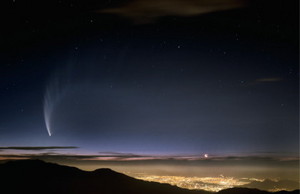
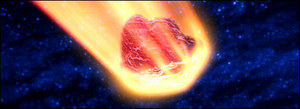
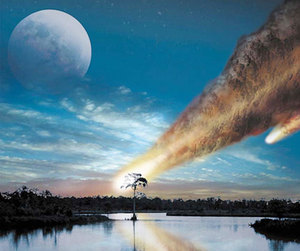
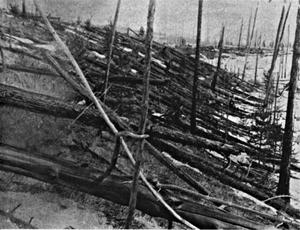
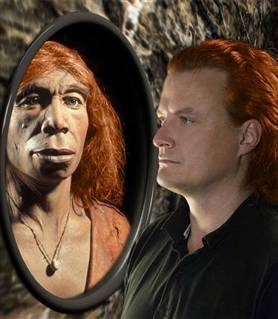




Comment: For more articles on this subject see: Red hair a part of of Neanderthal genetic profile, Red hair a legacy of Neanderthal man, Neanderthals 'were flame-haired', Ancient DNA Reveals That Some Neanderthals Were Redheads, and Some Neanderthals were redheads - Bones yield genetic data that adds red hair, light skin and maybe freckles.